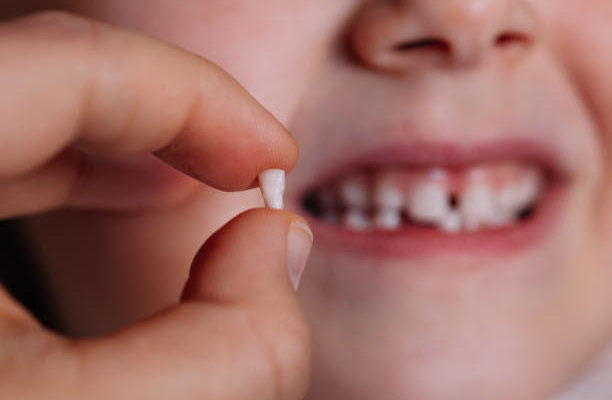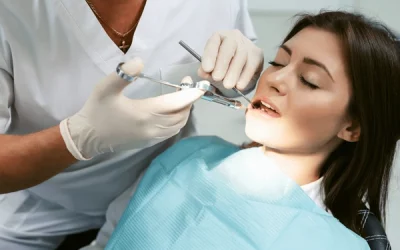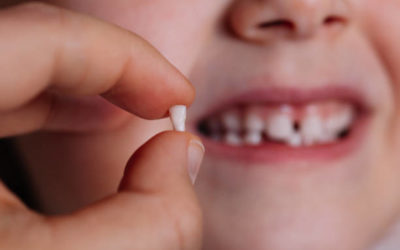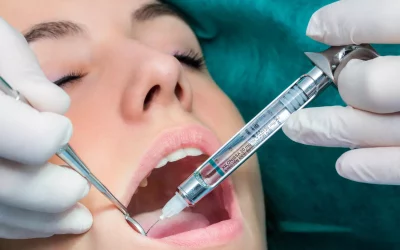
Les dents de lait, également connues sous le nom de dents temporaires, jouent un rôle essentiel dans le développement des enfants, en particulier pour leur croissance et leurs habitudes alimentaires. La connaissance de l’anatomie et du développement des dents de lait est importante pour s’assurer une bonne santé bucco-dentaire tout au long de sa vie.
Anatomie des dents de lait
Il convient de connaître les différentes parties des dents afin de mieux comprendre comment elles fonctionnent et ce qu’il faut surveiller lors du brossage de celles-ci. Les dents de lait se composent principalement de :
- La couronne : c’est la partie visible qui émerge de la gencive.
- La racine : elle reste enfouie dans la gencive et fixe la dent dans l’os alvéolaire.
- L’émail : Il s’agit de la couche extérieure de la dent dont la couleur varie du blanc au gris ou même au jaune et qui protège la dent contre les attaques acides des aliments et des bactéries.
- La dentine : c’est le tissu situé sous l’émail qui soutient celui-ci et protège la pulpe.
- La pulpe : C’est la partie centrale de la dent qui contient les nerfs, les vaisseaux sanguins et le tissu conjonctif. Elle est sensible aux températures extrêmes et à l’attaque bactérienne.
Le développement des dents de lait
Les différentes étapes du développement
La croissance des dents temporaires se déroule en plusieurs étapes :
- La formation : Les bourgeons dentaires commencent à se former dans la mâchoire fœtale dès la 6ème semaine de grossesse.
- L’éruption dentaire : Les premières dents de lait apparaissent généralement vers l’âge de 6 mois chez le bébé, bien que cette période puisse varier pour chaque enfant.
- La croissance complète : Un enfant aura normalement développé l’ensemble de ses 20 dents de lait aux alentours de 2 ans et demi à 3 ans.
- La chute : Les dents de lait laissent progressivement place aux dents permanentes entre l’âge de 6 et 12 ans environ.
Les types de dents
Il existe différents types de dents chez les enfants :
- Les incisives : Ce sont les huit dents situées à l’avant, sur les mâchoires supérieure et inférieure, qui servent à couper les aliments.
- Les canines : Il y en a quatre, une de chaque côté des incisives, et elles servent à déchirer les aliments.
- Les molaires : Ce sont huit dents situées dans la partie postérieure de la bouche qui servent à broyer les aliments avant de les avaler.
Maintenir une bonne santé bucco-dentaire
Afin de prévenir les problèmes dentaires et d’assurer un bon développement des dents permanentes, voici quelques conseils pour maintenir une hygiène bucco-dentaire optimale :
- Le brossage : Veillez à ce que votre enfant se brosse les dents au moins deux fois par jour. Pendant environ deux minutes chacun, avec un dentifrice adapté aux enfants.
- Le contrôle chez le dentiste : Consultez régulièrement un professionnel de l’odontologie pédiatrique pour des bilans de santé dentaire et des soins si nécessaire.
- La nutrition : Privilégiez une alimentation équilibrée et riche en calcium pour favoriser la santé des dents. Evitez autant que possible les aliments sucrés et les boissons gazeuses.
- L’utilisation de fluor : Pour renforcer l’émail et diminuer le risque de carie, veillez à utiliser un dentifrice contenant du fluor.
- Les soins préventifs : Le scellement des sillons dentaires et l’application de vernis fluoré peuvent être recommandés par votre dentiste pour protéger les dents contre les caries.
Anomalies courantes chez les enfants
En dépit d’une bonne hygiène bucco-dentaire, certains problèmes peuvent survenir chez les enfants :
- Le retard d’éruption : Certains bébés ou jeunes enfants peuvent ne pas voir leurs dents apparaître dans le calendrier habituel. Il est toutefois important de noter que cette situation n’est généralement pas inquiétante.
- La chute prématurée : Si une dent de lait tombe trop tôt à cause d’un choc ou d’une infection, cela peut créer des désagréments et affecter la disposition des dents permanentes.
- Les fractures dentaires : Les dents des enfants sont plus fragiles que celles des adultes. Elles peuvent se casser lors d’une chute ou un accident. Un suivi attentif et rapide avec un dentiste est nécessaire en cas de fracture.
- Les caries : Les dents de lait sont également susceptibles de souffrir de caries. Il est donc crucial de maintenir une bonne hygiène buccale dès le plus jeune âge.





